A major scientific review of laboratory and clinic data has been published this month on the evidence fro exercise and caner, in the British Journal of Sports Medicine by Professor Stacey Kenfield from Southern California and scientists from the Biological and Exercise department in Coventry University. The paper describes and explains the important biochemical changes which occur after exercise and how these help fight cancer.
Direct effects of exercise and cancer?
Exercise produces numerous transitory and longer term biochemical changes which can protect the body from carcinogens which cause genetic mutations, help repair damage to cells preventing cancer cell formation and help prevent the growth and spread of caner cells once they have formed. In summary, the follow changes can occur:
- Reduces chronic inflammation
- Improves pathways of DNA repair
- Reduces serum oestrogen and testosterone – in the long term
- Reduces insulin like growth factor levels
- Reduces insulin resistance
- Encourages cancer cells to kill themselves (apoptosis)
- Increases Irisin and reduces VIP levels
- Reduces Oxidative stress and enhances antioxidant pathways
Indirect anti cancer effects of exercise?
Exercise can fight cancer via by helping to improve the health of other bodily systems which indirectly influence biochemical pathways:
- Helps reduce weight
- Increases vitamin D levels – if exercising outdoors
- Improves psychology health and mood
Read full paper (copyright free)
Are there any potential issues of exercise and cancer?
There are some factors related to intense exercise particularly cycling which could potentially have an influence on prostate cancer risk, these include:
- Repetitive compression to the perineum from the saddle, leading to recurrent inflammation of the prostate. Chronic inflammation is known to be a risk factor for cancer.
- Intense training increases testosterone levels immediately after intense or unaccustomed exercise, which could encourage early prostate cancer cells to grow.
- Intense or unaccustomed exercise can produce reactive oxidative species (ROS) that damage DNA, the first stage in cancer initiation and progression.
How can cyclists reduce their potential increase risk.
First, don’t stop cycling, increased testosterone levels only occurs in the first 60 minutes and this effect rarely occurs in men over 55 years. Over time, testosterone levels actually drop below normal particularly among elite athletes. Likewise, oxidant enzymes are up regulated to compensate for the increase in ROS. Nevertheless, this issue highlights the importance of boosting the diet with polyphenol / anti-oxidant rich foods to help mop up these ROS.
It also would be sensible to consider practices which reduce chronic inflammation such as cutting out refined sugars; avoiding carcinogens such as acrylamides formed by super heating carbohydrates (crisps, rye bread, even some cereal and energy bars); reducing Polycyclic Aromatic Hydrocarbons and nitrates found in processed and burnt meats. Above all, it’s important to eat plenty of polyphenol rich vegetables, spices, herbs, teas, berries, vegetables and fruits.
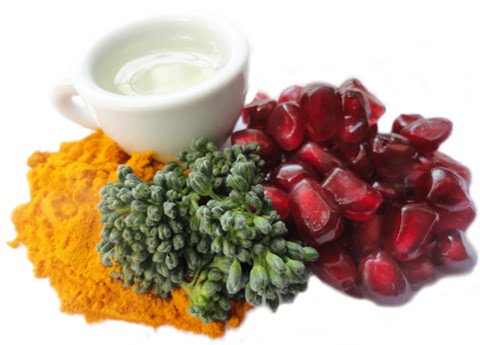
As well as this obvious benefit for cyclist, polyphenol rich foods are high in other nutrients essential for tissue repair including the cartilage within joints. Population studies have linked their higher intake with a lower risk of arthritis, a finding supported by laboratory experiments showing they directly protect cartilage generating cells from physical trauma and chemical toxins. For this reason, the pomi-t trials team in conjunction with the Department of Exercise Science at Coventry University are designing another double blind RCT, evaluating whether the ingredients in this supplement could reduce joint pains allowing greater exercise capacity. This would be relevant for people at any level of fitness ranging from those recovering from cancer suffering treatment related joint pains to elite athletes looking to improve their performance.
In conclusion, the biochemical changes, which arise after exercise, have significant cancer protection properties and current research, studies linking cycling with an increased risk of prostate cancer are fundamentally flawed. Nevertheless, the generation of free radicals and local inflammation remain potential concerns with intense cycling. Adopting a healthy polyphenol rich diet or taking a whole food polyphenol rich supplement such as pomi-t would be very sensible practice
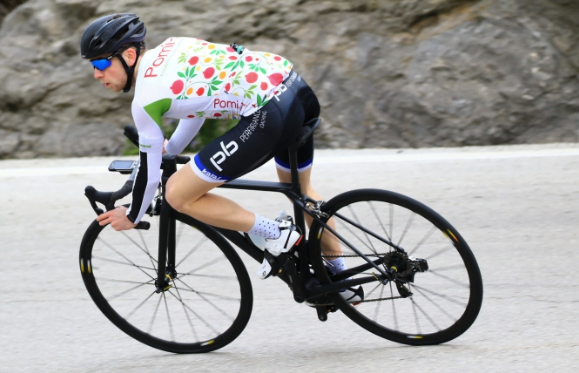


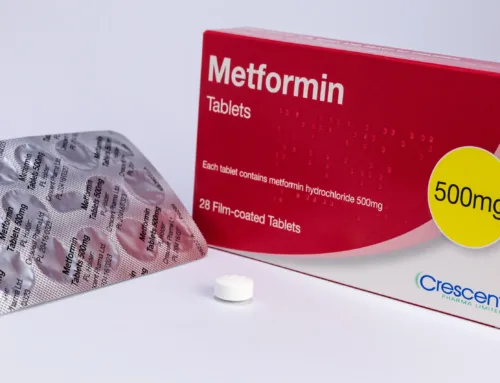

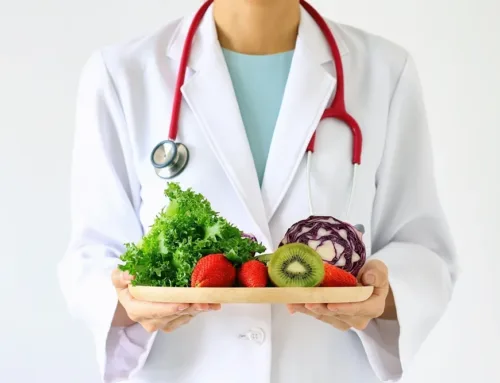
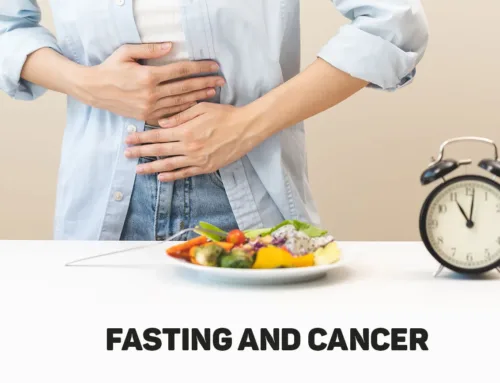
Leave A Comment